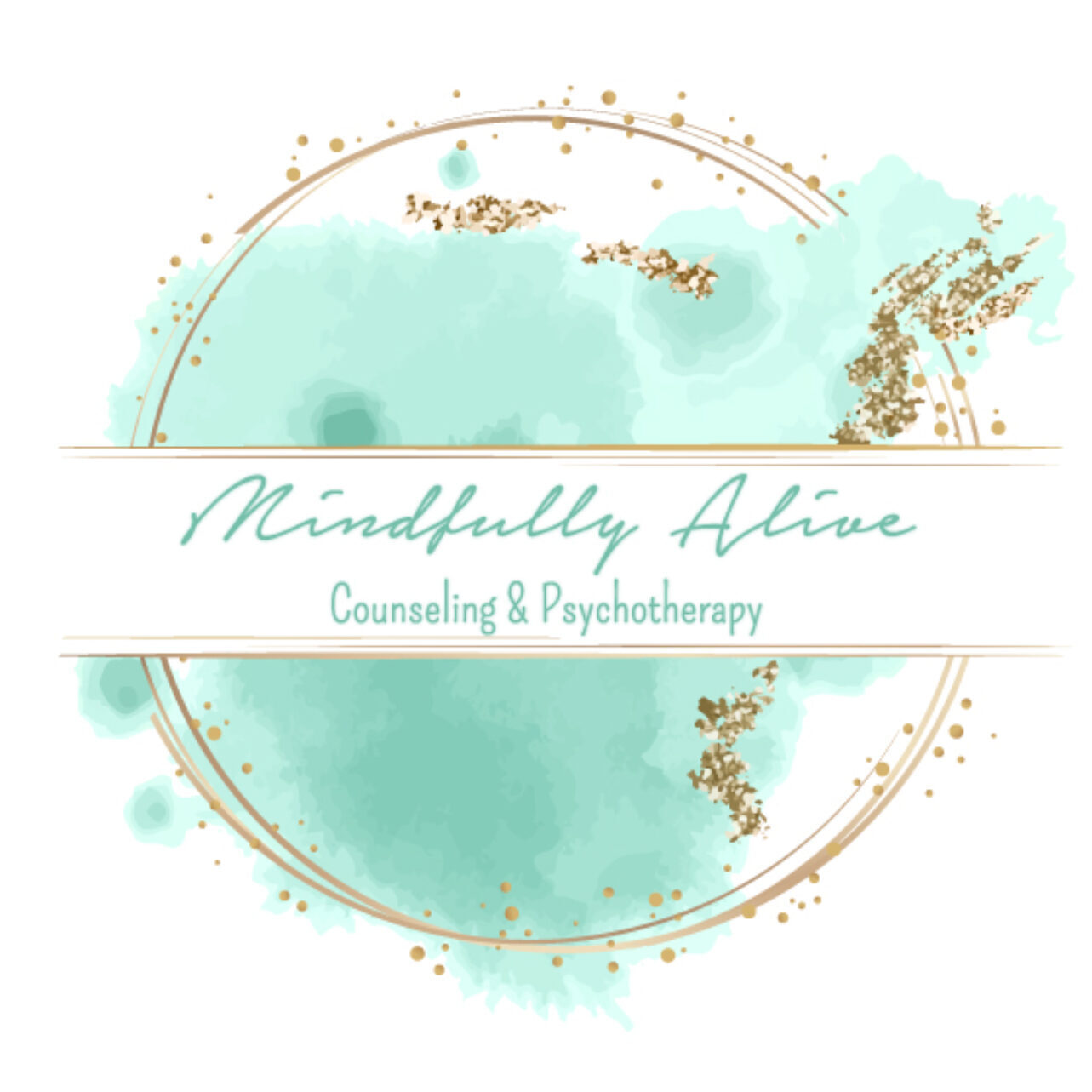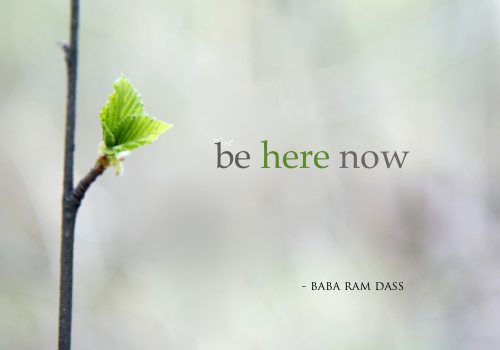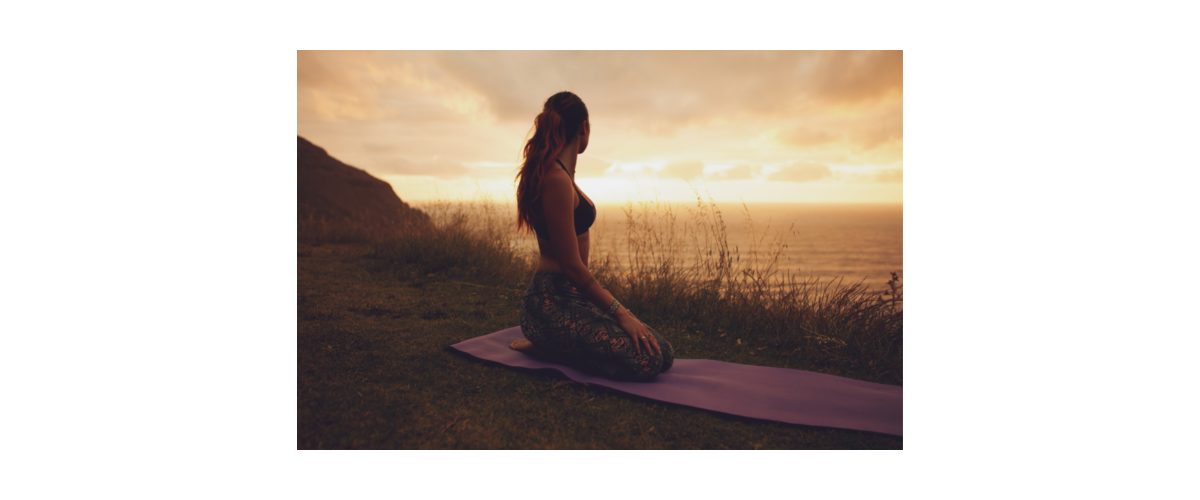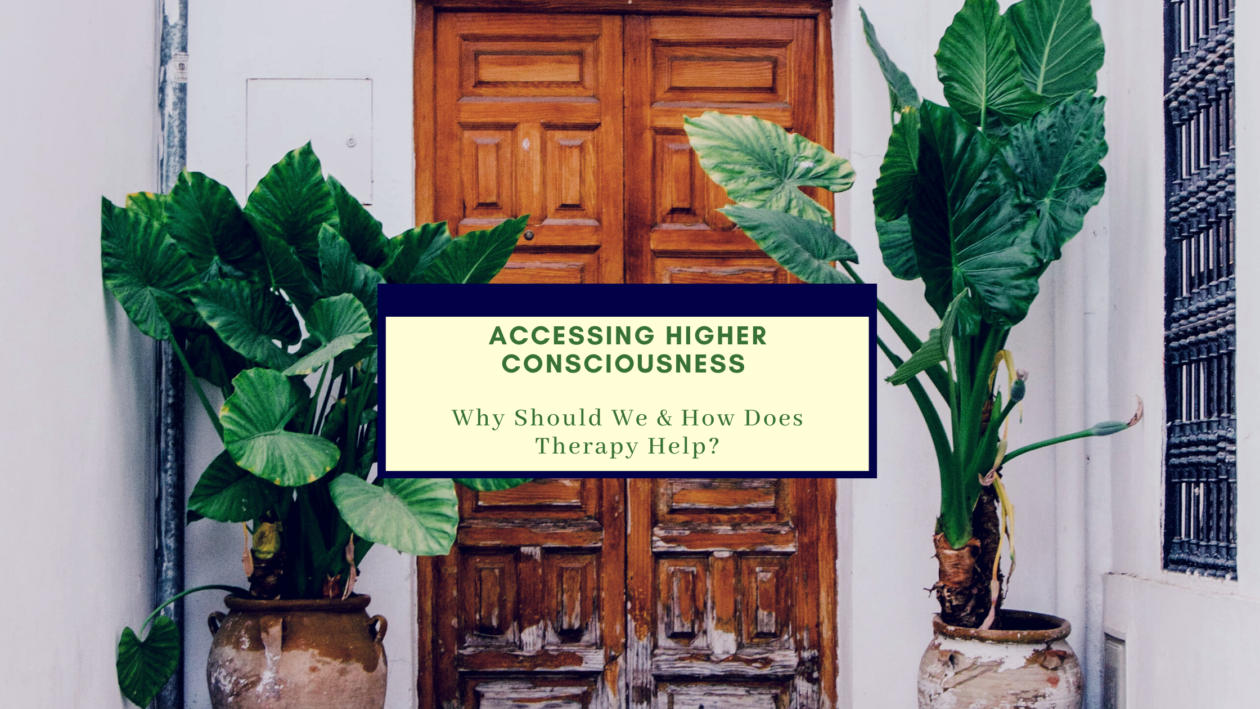What does it mean to be mindfully alive?
To let life live though me
to be filled with wonder and fully alive..
“There is only one minute in which you are alive- this minute- here and now – the only way to live is by accepting each minute as an unrepeatable miracle”
As a therapist, I am often asked- ok, so what do I do about it? The “it” we are trying to resolve, has something to do with a self critical running commentary, worrying, or inner tension and self judgement, of feelings of unworthiness and a feeling that maybe ‘there’s just something wrong with me’.
The tendency is to ‘fix’ this by climbing the ladder of perfection in order to hide our (perceived) deficiency and hopefully be met with external confirmation that, indeed, we are good enough and that someone else can tell us that there’s nothing wrong with us.
This exhaustive hamster wheel is endless and does not provide what we are actually seeking.
So, back to the question: “What to do?”
-
Pause and Breathe
I named my practice Mindfully Alive because I believe that if we do not live fully, and everyone defines for themselves what that means, then we are neglecting ourselves and thus creating a difficult relationship with life and others.
One of the strategies I use to reach the state of presence, of arriving, of “being” instead of doing, is radical acceptance. Radical acceptance is about accepting life and ourselves exactly as we are- it is changing the relationship we have with these things and once we release that grip, we re-enter into the changing flow of experience with wonder and love.
Being with what’s happening rather than wanting it to be different, paradoxically allows for change to occur.
The breath is a tool to return to home base; to pause and notice our inner experience instead of the desire to control or fix everything. This is a temporary disengagement where we are no longer moving toward any goal.
Pause when you need to connect with nature
Pause when you are about to say something instead of fully listening to the person talking with you.
Pause before a stressful event or after
Pause in a fit of anger
Pause when overwhelmed by sadness
Pause when you cannot stop worrying
Pause for refuge and renewal.
Pause for any reason, anywhere.
Try it now.
Stop reading and sit there and simply notice what you are experiencing.
When we resume our activities, we are more present and more able to make choices and can tap into un-habitual ways of responding to life which is what actually will drive the waves of change.
With a relaxed awareness thoughts are not the enemy and you do not need to rid your mind of thoughts, rather you are developing the capacity to recognize when the thoughts are happening without getting lost in the story line.
2. Return to that which we have spent a lifetime hiding from-
Begin to trust in your natural wisdom and not having to run away from anything that you feel is flawed or unlovable. Whenever we reject a part of our being we are confirming to ourselves our fundamental unworthiness.
“The un-faced and unfelt sides of our psyche are the source of all neuroses and suffering”. Carl Jung
When we learn to face the fear and shame we generally try to avoid, we free ourselves to respond to our circumstances in ways that bring peace and happiness. Life is always streaming through us; we need only to commit ourselves to here and now with presence.
If exploring ways to implement mindfulness in your daily life seems natural for you and you tried these tips please let me know how it felt; if you would like support and some guidance in your journey, I am more than dedicated and ready to help!





Be the first to reply